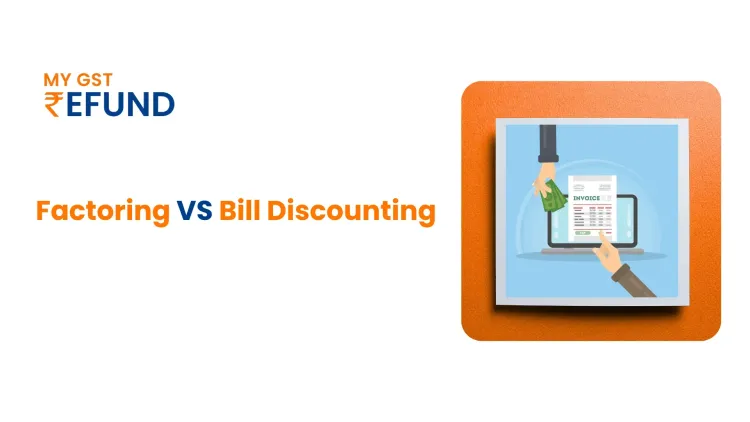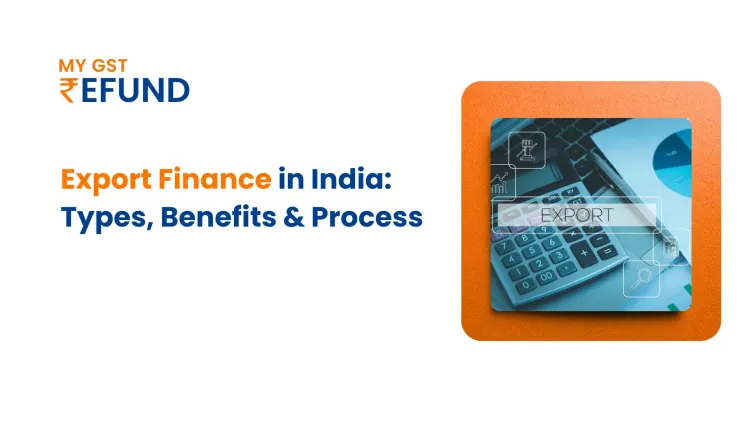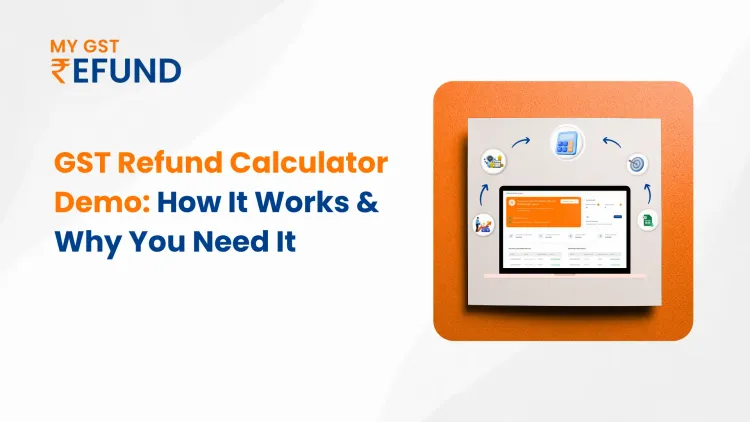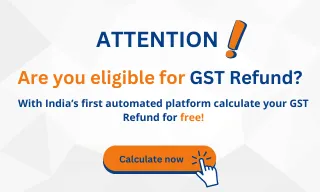TCS Refund opportunity ; Suppliers operating via E Commerce Operators
Published on: Fri Jun 03 2022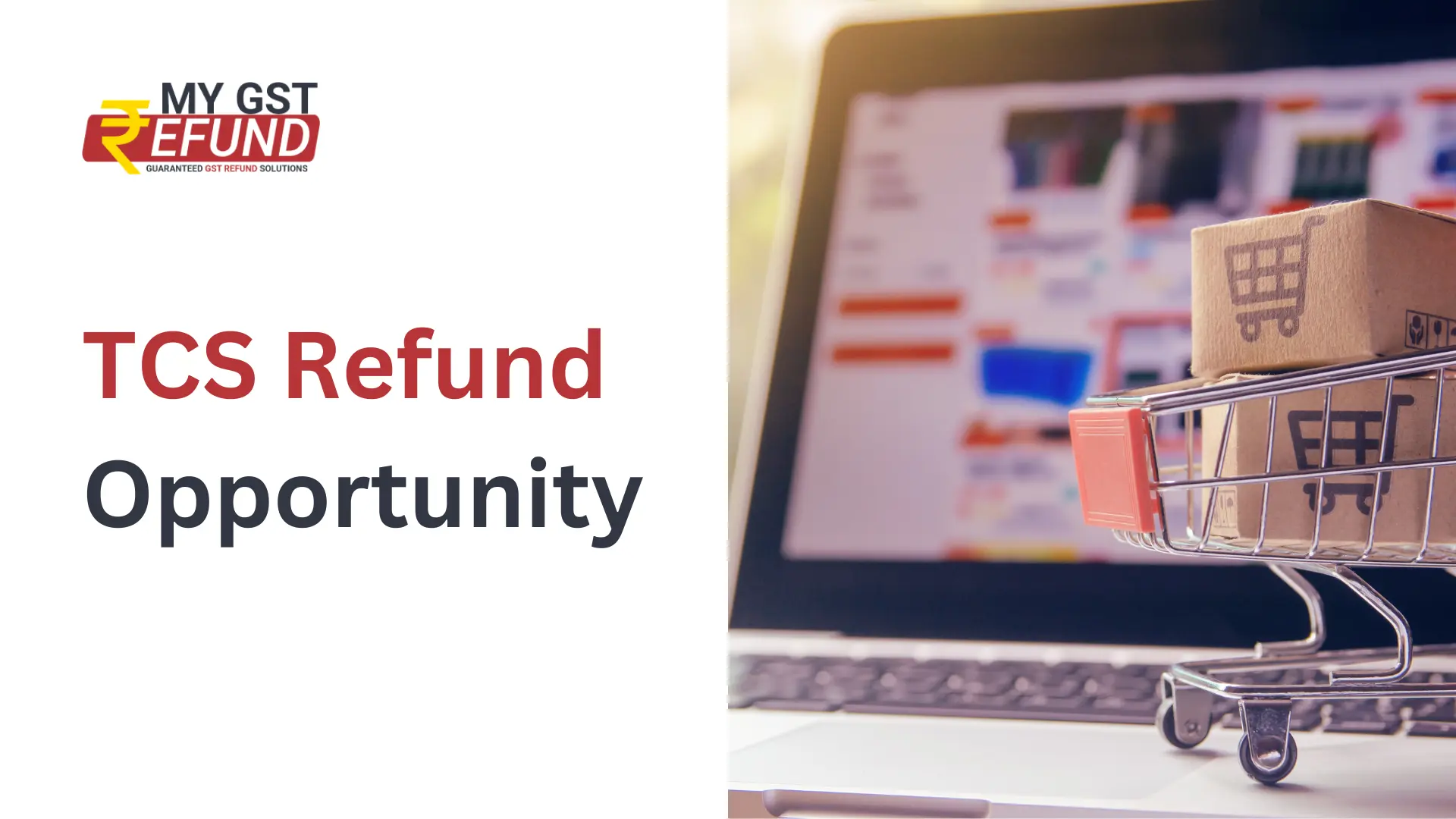
TCS Refund opportunity ; Suppliers operating via E-Commerce Operators
An Electronic Commerce Operator (ECO) has been defined under section 2(45) of the CGST Act, 2017 as any person who owns, operates, or manages a digital or electronic facility or platform for e-commerce. As per the GST law, the term e-commerce means the supply of goods or services through an electronic or digital network. Thus, cab aggregators like Ola & Uber, and e-tailers like Amazon & Flipkart would fall under the category of ECO.

Section 52 of the Central Goods and Services Act, 2017 ( CGST Act ) requires every ECO, who is not acting as an agent, to collect tax, known as Tax Collected at Source (TCS), at a certain rate not exceeding 1% from the Net value of goods & services supplied through the portal by independent suppliers. The TCS so collected shall be deposited with the government by the 10th of the succeeding month by filing a GSTR-8 return. The amount so deducted as TCS by ECO shall be credited to the cash ledger of the suppliers who supply goods and/or services through the portal owned by ECO. The TCS amount is credited to the cash ledger of the independent suppliers instead of the credit ledger so that the same can be used while making payment of tax.
However, in some cases, the output cash liability (after the setting of the credit ledger) of the independent suppliers is either so minuscule (because of the thin margins of the suppliers or accumulation of the credit balance of the supplier for the purpose of payment of the liability) resulting in partial/ non-utilization of the TCS credit. Thus, the effect of the same is the blockage of an additional 1% working capital in the competitive Industry for the suppliers who are already suffering a loss on account of accumulated credit. In the succeeding part of this article, we shall discuss the opportunity for the supplier to claim a refund of the TCS amount i.e. idle money sitting in the cash ledger of a supplier.
Modus operandi for claiming refund of excess amount in cash ledger
In a condition where the amount of TCS is lying idle in the cash ledger of the suppliers due to its underutilization, it is suggested that the said amount can be recovered by way of claiming it as a refund under the provisions of section 49(6) read with section 54 of the CGST Act. As per the said provisions, excess balance lying in the cash ledger, post-making payment of output tax liability/interest, etc. can be claimed as a refund.
In the FAQ released by the CBIC on TCS under GST last updated on 30th November 2018, they have covered the question on the said subject. Relevant para reproduced below for reference:
“Q 24. How is TCS to be credited in the cash ledger? Whether the refund of such TCS credit lying in the ledger would be allowed at par with the refund provisions contained in section 54(1) of the CGST Act, 2017?
Ans: TCS collected is to be deposited by the e-commerce operator separately under the respective tax head (i.e. Central tax / State tax / Union territory tax / integrated tax). Based on the statement (FORM GSTR-8) filed by the e-commerce operator, the same would be credited to the electronic cash ledger of the actual supplier in the respective tax head. If the supplier is not able to use the amount lying in the said cash ledger, the actual supplier may claim a refund of the excess balance lying in his electronic cash ledger in accordance with the provisions contained in section 54(1) of the CGST Act, 2017″
Section 54(1) of the CGST Act deals with the manner of claiming a refund of any tax, interest, or any other amount paid by a registered person. Proviso to section 54(1) provides that the registered person claiming a refund of any balance in the electronic cash ledger in accordance with the provision of section 49(6), may claim such refund in the return furnished under section 39 in such manner as may be prescribed.
A registered person, claiming a refund of any balance in the electronic cash ledger in accordance with the provisions of 49(6)of the CGST Act, may claim such refund in Part B of the return in FORM GSTR-3 and such return shall be deemed to be an application filed under section54.
Rule 89 of the CGST Rules,2017 envisaged the procedure of claiming a refund wherein it states that any person, except the persons covered under the notification issued under section 55, claim a refund of any tax, interest, penalty, fees, or any other amount paid by him, other than refund of integrated tax paid on goods exported out of India, may file an application electronically in FORM GST RFD-01 through the common portal, either directly or through a Facilitation Centre notified by the Commissioner”.
Further, proviso to Rule 89 of CGST Rules, 2017 provides that any claim for refund relating to balance in the electronic cash ledger in accordance with the provisions of section 49(6) may be made through the return furnished for the relevant tax period in FORM GSTR 3 or FORM GTSR 4 of FORM GSTR 7, as the case may be.
Presently filing of FORM GSTR-3 is temporarily suspended by virtue of notification no 57/2017 and 58/2017 Central Tax dated 15th November 2017. Therefore, the taxpayer may claim a refund of the excess balance in the cash ledger via RFD-01 i.e. refund application form.
The Government through the latest 3rd edition of FAQs released on 15th December 2018 has clarified that the refund of excess balance in the cash ledger can be claimed through RFD-01. Relevant para of the FAQ is given below:
“Q 85. How can refunds of excess balance in the electronic cash ledger be claimed?
Ans. Excess balance in the cash ledger after making good all liabilities would be available as a refund to the registered person. Presently this refund is also available through the RFD-01A procedure. Section 49(6) enables grants of refund of excess balance in the cash ledger and reads as under“
Is there any time limit for filing the refund claim of excess balance in the electronic cash ledger?
As per the FAQ issued by the government dated 15 December 2018, they have covered the question on the said subject Relevant para of the FAQ has been given below for your reference:
“Q 86. Is there any time limit within which a refund of the excess balance in the cash ledger needs to be submitted?
Ans. No. Refunds of excess balance in the cash ledger can be claimed anytime. The law enables making the claim even at the time of filing monthly returns. No relevant data has been prescribed for such claims.”
Steps to be followed for filing the TCS refund claim of excess cash balance in the cash ledger
- Login to the GST portal and select the Application for Refund option;
- Select the reason for Refund as Refund on account of excess balance in the cash ledger. File refund application in GST RFD-01A;
- The amount available in Electronic Cash Ledger would be auto-populated in the refund application in a matrix;
- Mention the amount of refund to be claimed in GST RFD-01A in the refund claimed table and file the Also mention the account no to which the refund claim shall be credited by the government. Bank account details should be as per registration data. Any change in bank details shall first be amended in registration particulars before quoting in the application;
- The government doesn’t prescribe uploading any specific documents for the purpose of filing a refund of the excess amount in cash However, the authorities may be required to establish that the liability in respect of that transaction on which TCS was deducted was paid by the credit ledger which has resulted in accumulation of excess balance in the cash ledger;
- Circular no79/53/2018dated 31st December 2018 has simplified the process of filing refund claims by allowing to upload all the documents/undertaking/statements to be submitted along with FORM RFD-01A;
- Once the Application Reference Number (ARN) is generated, the refund application along with all the supporting documents shall be transferred electronically to the jurisdictional proper officer who shall be able to view it on the system;
- The amount of refund claimed shall be debited from the cash ledger once the application gets submitted on the portal;
- Acknowledgment for the complete application would be issued by the jurisdictional officer electronically on the common portal.
Once the jurisdictional authority has gone through the application and is found it to be proper may issue a refund order within sixty days from the date of receipt of the refund application in all respects. The refund shall be processed and credited to the account of the taxpayer. Thus, the option of claiming the refund of the excess TCS amount accumulated in the cash ledger is a boon for all those independent suppliers who cannot utilize their cash ledger fully.
Related Posts


